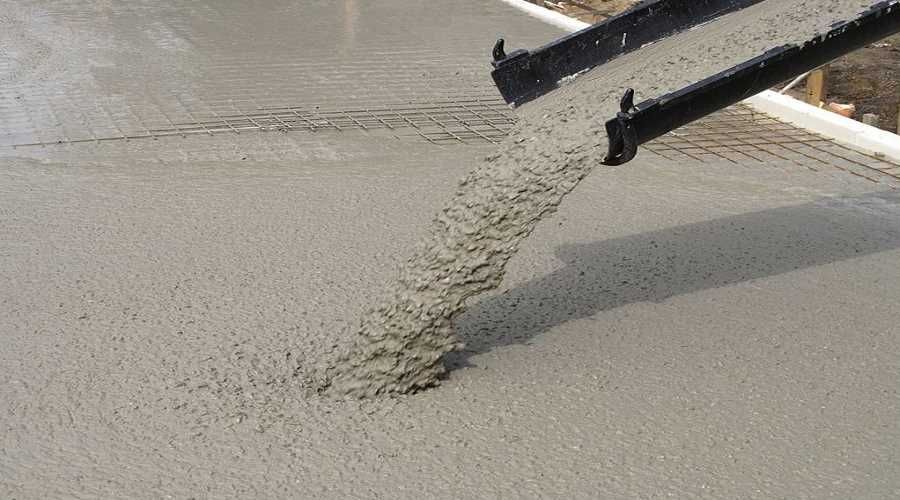Discarded human waste is an ant’s El Dorado
Human discarded waste is an ant’s El Dorado
Good habitat is an extremely valuable commodity in nature. Even garbage dumped by humans in the forest can become a habitat, according to observations conducted in Greater Poland. Red ants, called rabid ants, eagerly choose them as nesting sites.
Although we have been obliged by law for several years to segregate our trash, old tires and car parts still pile up on forest tracks, in roadside ditches and on the outskirts of citiesow, piles of debris, rags, cans and bottles. Now it turns out that such sites are readily occupied by one species ofoin mroThe nest size of the common rabbitbrush (Myrmica rubra).
How red mr function in such littered areasowki – common rabbits – was observed by Michal Michlewicz, a fourth-year biology student from the University of Life Sciences in Poznan. PoroHe found areas unpolluted by humans – with sites very similar (e.g. in terms of plants), but containing waste. The study was conducted in the vicinity of Poznań and Trzcianka (poNorthern Wielkopolska) in 2014 and 2015.
He presented the results of the observations in a letter Journal of Hymenoptera Research. Wspohe author of the publication is prof. Piotr Tryjanowski of the UP Institute of Zoology.
On the surveyed fragments, the biologist found a total of 166 colonies and 196 mrowczych nests. As mowi, garbage left by humans is very often used by rabies ants as nesting sites. – In those areas where garbage can be found, mrowks did not nest in places typical for them, but used garbage as a nesting site. Np. whole colony of mrowek was able to live in a can,” says the.
The number of mrow colons and nests of roIt was very common in littered and clean areas. In one test plot (10 by 10 m) in natural and control areas, the average number of colonies of mrowek was 2.35, and mroThe average number of nests there was 2.65. On the other hand, in littered areas, there were 5.95 colonies and 7.25 nests. – Colonies there were even more than twice as many as in natural areas. From a statistical point of view, this is a great rodifference,” stresses the study’s author.
There was no r for thisoThe differences in the number of workers and krol in eacholnych nests or colonies, roalso the krolowe not rowere different in size. This means that in areas containing litter mrowki live in relatively higher densities.
It turns out that human discarded waste clearly attracts rabid ants. – In areas where people have left garbage, mroearly nests were actually located only in them,” notes Michal Michlewicz. – Someore animals are able to use the garbage we throw in to their advantage,” he adds.
If it turns out that the littered sites have monopolized one species of mrowek – from the point of view of rożiversity will not be good news. The more speciesoin, the better.
Sourceobackground: PAP – Science in Poland, fot. CC BY 2.0/ William Cho/ Wikimedia Commons


